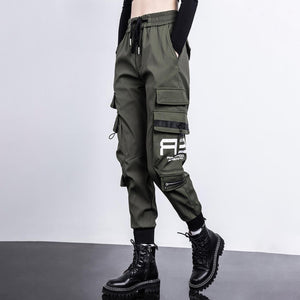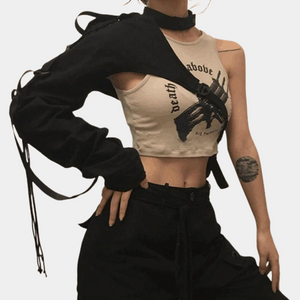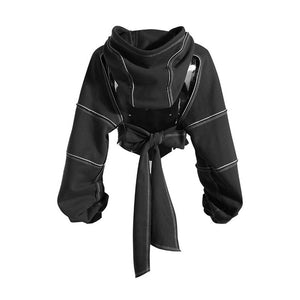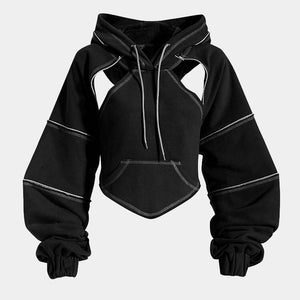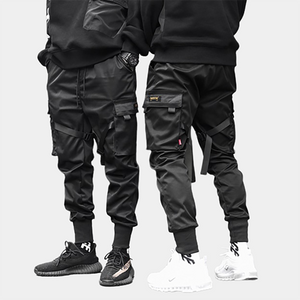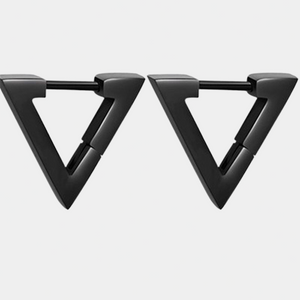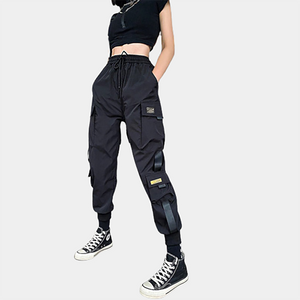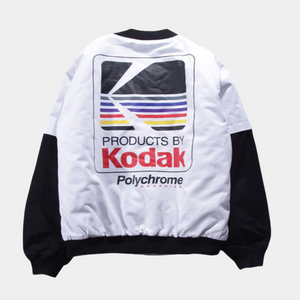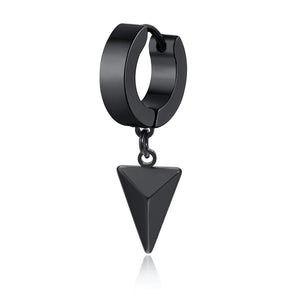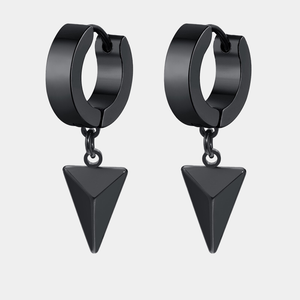What is The Difference Between Kimono and Yukata?
Jan 14, 2023
Kimono and yukata are traditional Japanese garments that have a rich cultural significance in Japan. Both garments are beautiful and elegant, and are often worn on special occasions such as festivals and ceremonies. However, despite their similarities, there are several key differences between the two. A kimono is a full-length, formal garment that is made from heavy silk or cotton and typically worn with an obi, or sash. On the other hand, yukata are a more casual, lighter version of the kimono made from lighter cotton or linen fabrics. This article will delve deeper into the distinctions between kimono and yukata, including the occasions on which they are worn, the types of fabrics used, and the styles and designs that set them apart. Whether you're a fashion enthusiast or simply curious about Japanese culture, this article will provide a comprehensive overview of these iconic garments.
What is a Japanese Yukata?
A Japanese yukata is a traditional, summer garment worn in Japan. It is a lightweight, casual version of the kimono, and is made from cotton or linen fabrics. The yukata is worn by both men and women and is typically unlined, making it a comfortable option for hot weather. The yukata is traditionally worn to outdoor events such as festivals, fireworks displays, and onsen (hot springs), but it can also be worn at home as loungewear.
Yukata come in a variety of colors and patterns, with the most popular colors being blue, navy, and white. The patterns often include traditional motifs such as cherry blossoms, chrysanthemums, and geometric patterns. Unlike kimono, yukata are not worn with an obi, but rather a narrower, simpler obi known as a hanhaba obi.
Overall, the yukata is a practical and versatile garment that is deeply rooted in Japanese culture. It is both comfortable and elegant, making it the perfect choice for summer events and activities.
What is a Japanese Kimono?
A Japanese kimono is a typical garment worn in Japan. It is made from heavy silk or cotton fabrics and is worn with an obi, a wide sash, around the waist. The kimono is worn by both men and women, but there are variations in style and construction that are specific to each gender. Kimono are typically worn on special occasions such as weddings, tea ceremonies, and other important events.
The traditional kimono is an elegant and sophisticated garment that features intricate designs and patterns. The patterns often include traditional motifs such as cherry blossoms, chrysanthemums, and geometric patterns. The kimono's collar, cuffs, and hem are often adorned with embroidery or other decorative elements.
The kimono is not just a garment but also an art form, and the practice of creating kimono is a traditional craft passed down through generations. The kimono is considered a symbol of Japan's rich culture and history and represents the elegance and refinement of the Japanese people.
Overall, the kimono is a formal and elegant garment that is deeply rooted in Japanese culture. It is worn on special occasions and is a symbol of Japan's rich cultural heritage.
Occasion of wear
-Kimono are typically worn on formal occasions such as weddings, tea ceremonies, and other important events. They are considered a symbol of elegance and refinement and are often worn by both men and women. On the other hand, yukata are worn on more casual, outdoor events such as festivals, fireworks displays, and onsen (hot springs). They are worn by both men and women and are considered more practical and comfortable for warm weather.
-The main difference in formality between kimono and yukata is that kimono are a full-length, formal garment, while yukata are a more casual, summer garment. Kimono are also often adorned with intricate patterns and designs, making them more formal than yukata which often have simpler patterns.
Fabric differences
-The fabrics used to make kimono are typically made of silk or cotton, with silk being the more luxurious and expensive option. Silk kimono are often chosen for their durability, ability to hold intricate patterns and designs, and the elegant sheen of the fabric. Cotton kimono are more versatile and comfortable to wear, they are also more affordable. On the other hand, yukata are made from lighter cotton or linen fabrics. The fabrics are chosen because they are more breathable and comfortable to wear in warm weather.
-The weight of the fabrics used for kimono is typically heavier than those used for yukata. The heavy silk or cotton fabrics used for kimono are designed to drape elegantly and maintain their shape, while the lighter cotton or linen fabrics used for yukata are designed for comfort and ease of movement. The breathability of the fabrics also differs between kimono and yukata, with the lighter cotton or linen fabrics used for yukata being more breathable than the heavy silk or cotton fabrics used for kimono. This difference in fabrics plays a significant role in the formality and comfort of the garments, with kimono being more formal and less breathable, and yukata being more casual and comfortable.
Styles and designs variations
-Both kimono and yukata feature a wide range of traditional and modern designs. Traditional kimono designs often include motifs such as cherry blossoms, chrysanthemums, and geometric patterns. These motifs are often symbolic and have specific meanings in Japanese culture. For example, cherry blossoms symbolize the fleeting nature of life, while chrysanthemums symbolize longevity. Modern kimono designs, on the other hand, often feature more contemporary designs and patterns, such as abstract patterns or pop culture references. Yukata designs also come in a variety of traditional and modern designs, with traditional designs often featuring similar motifs as the kimono but in simpler forms. They are also more likely to feature more modern and casual designs.
-The colors and patterns used for kimono are often more varied and complex than those used for yukata. Kimono are often made in a wider range of colors, including pastel shades and bold, vibrant colors. The patterns used for kimono also often feature more elaborate designs, with intricate details and multiple colors. On the other hand, yukata are most commonly found in shades of blue, navy, and white. The patterns used for yukata are also simpler and more understated, often featuring a single color or minimal design. The difference in colors and patterns between kimono and yukata reflects their different levels of formality and their intended occasions of wear.
Final Words
Kimono and yukata are traditional Japanese garments that have a rich cultural significance in Japan. Both garments are beautiful and elegant, and are often worn on special occasions such as festivals and ceremonies. However, despite their similarities, there are several key differences between the two. Kimono are a full-length, formal garment that is made from heavy silk or cotton, while yukata are a more casual, summer garment made from lighter cotton or linen fabrics.
We hope that this article has provided a comprehensive overview of the distinctions between kimono and yukata, including the occasions on which they are worn, the types of fabrics used, and the styles and designs that set them apart. Whether you're a fashion enthusiast or simply curious about Japanese culture, we invite you to visit our collection of techwear kimono to experience the fusion of tradition and modernity. It's a unique blend of Japanese traditional garment and modern technology that creates a new style of clothing. Don't miss the chance to see our collection and take a step into the future of fashion.




